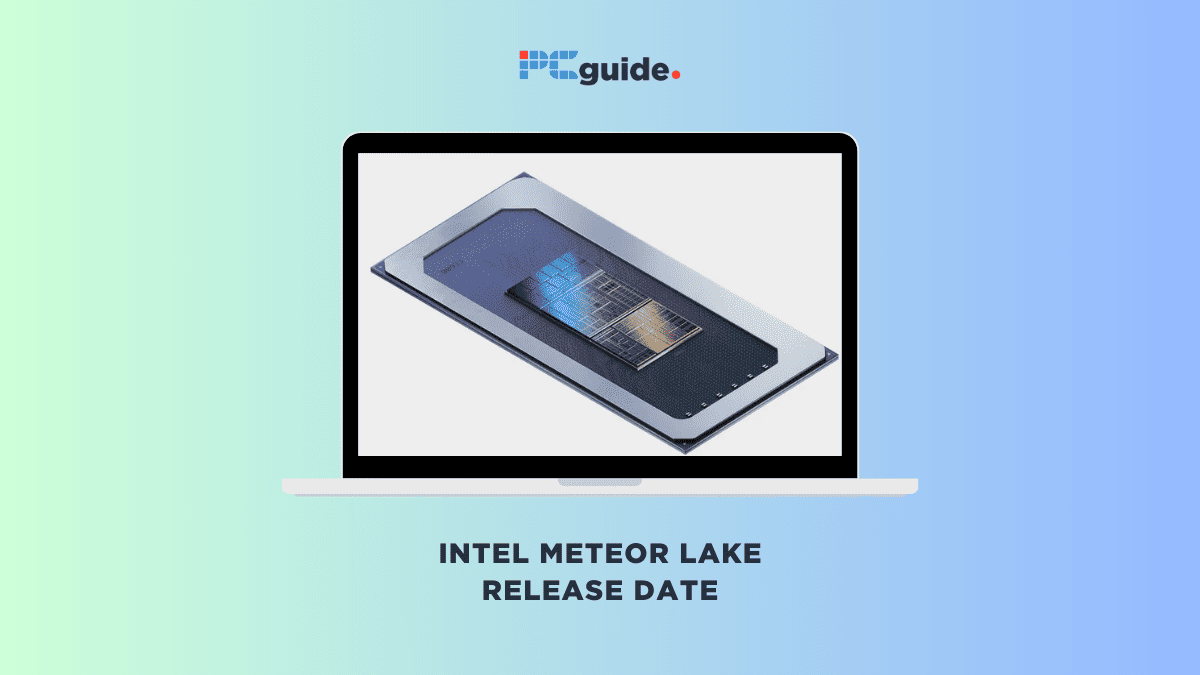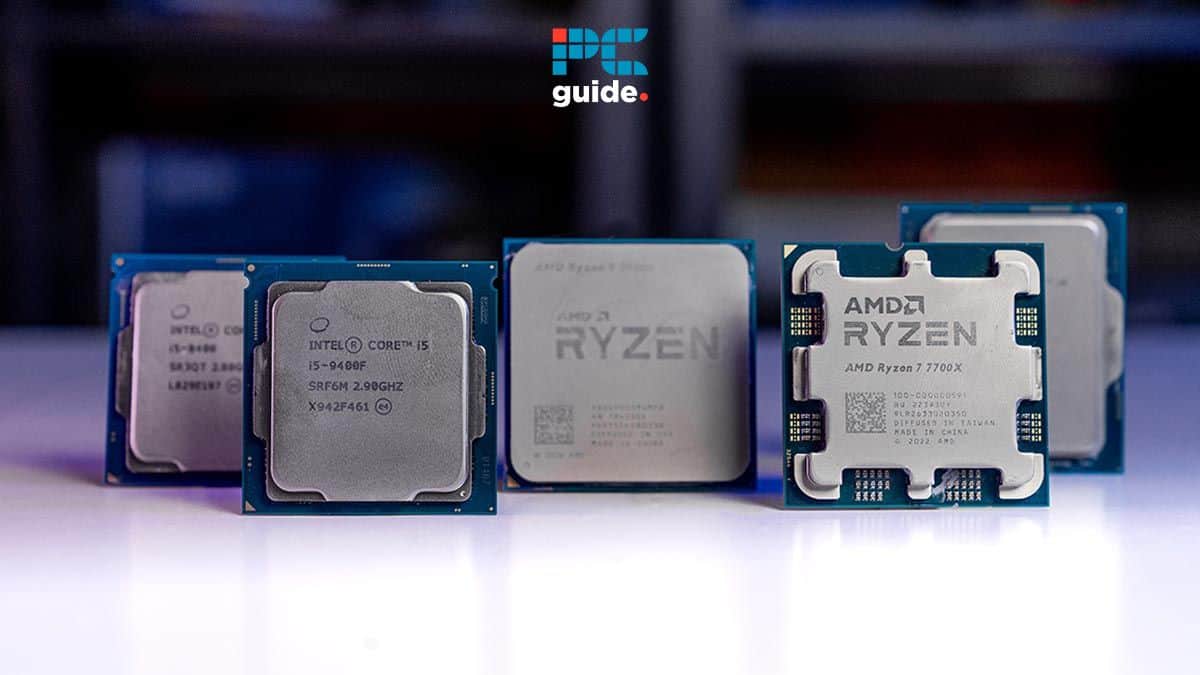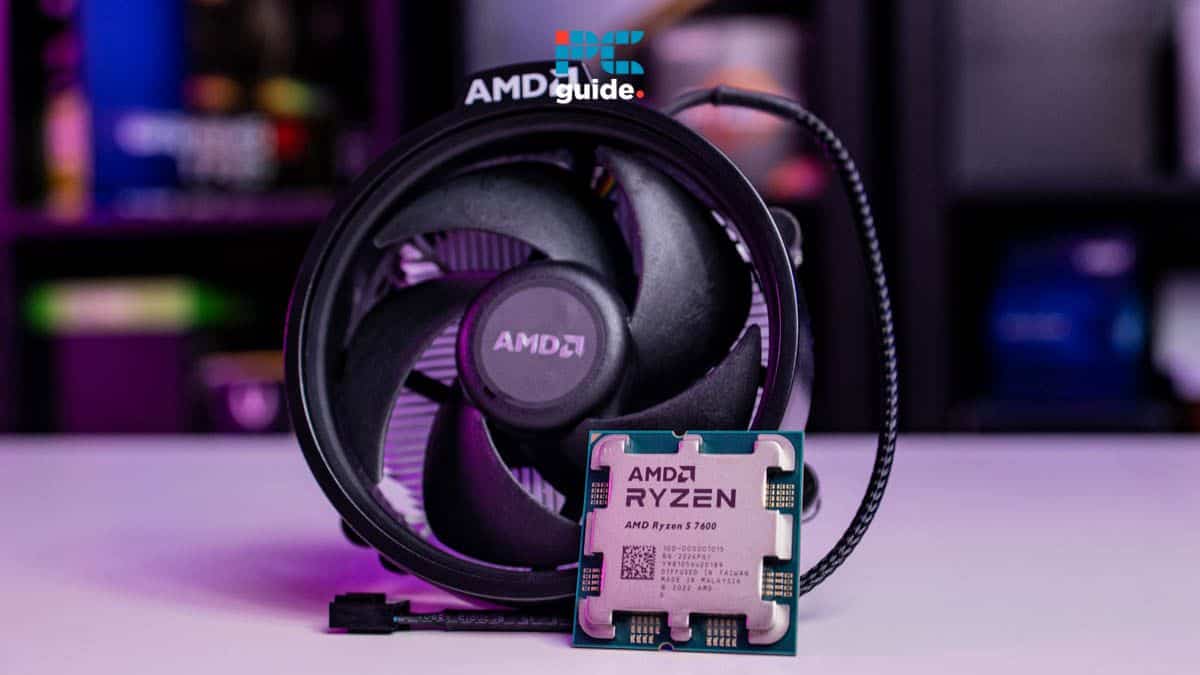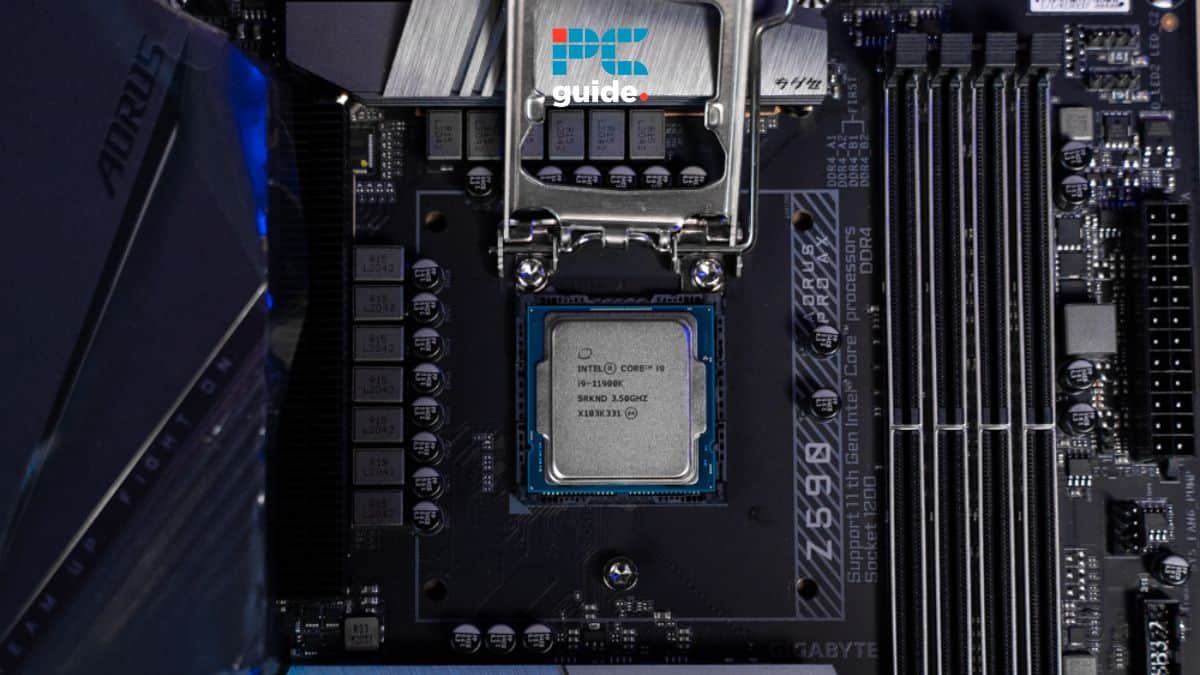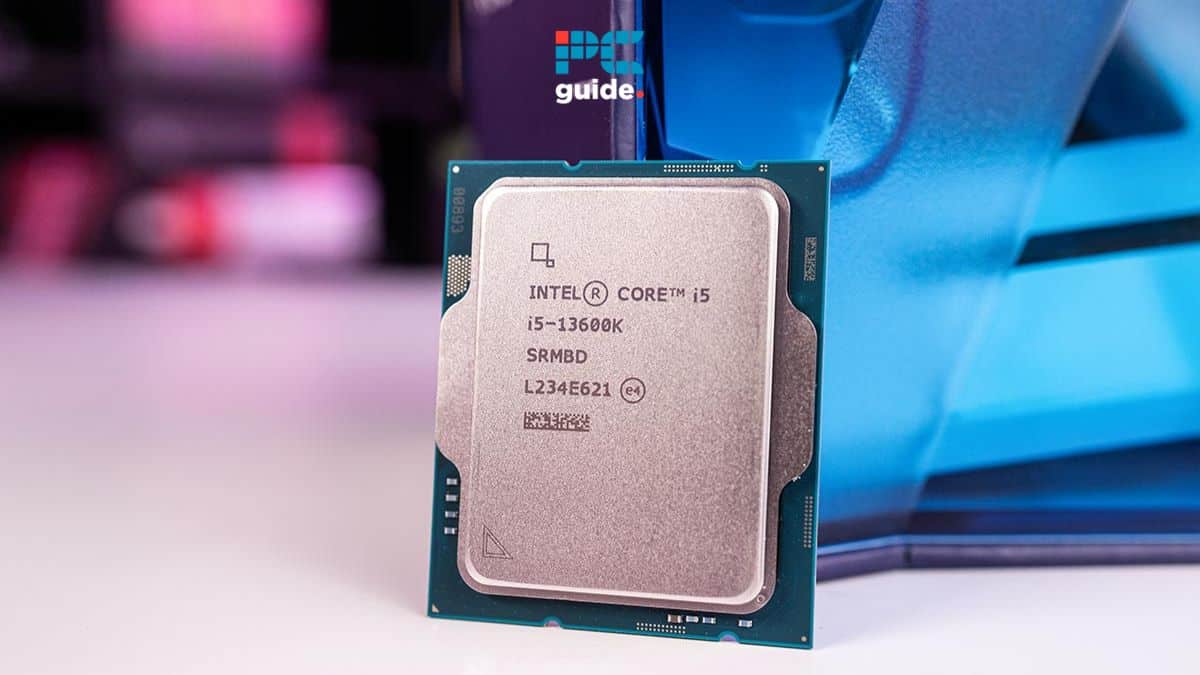The tech world is abuzz with speculation and anticipation as we inch closer to the Intel Meteor Lake release date. Initially slated for a different architecture, these 14th-gen processors faced delays and even sparked rumors that they might not see the light of day. Adding to the complexity, Intel rolled out chips with the 13th-gen architecture under the name Raptor Lake Refresh.
As days pass, the rumor mill churns out new theories, while some information receives official confirmation. In this comprehensive guide, we’ll sift through the rumors and confirmed details about Meteor Lake’s launch, its potential impact on laptop CPUs, integrated graphics, and more.
What’s the story with Raptor Lake Refresh?
Intel’s decision to release chips with the same architecture as the previous generations, dubbed Raptor Lake Refresh, has left many wondering about the future of Meteor Lake CPUs.
Intel Meteor Lake release date
The anticipation for Intel’s Meteor Lake is high, with enthusiasts eagerly awaiting the release of this highly anticipated lineup. According to recent developments, the release date for Intel Meteor Lake is set for December 14, 2023, creating a buzz just in time for the holiday season.
Earlier, rumors from YouTube channel Moore’s Law Is Dead, stated that Meteor Lake would be released in October 2023. However, those were Intel 14th gen’s Raptor Lake Refresh models. But this time it’s confirmed by Intel’s CEO Pat Gelsinger confirmed it during the Intel Innovation event in 2023. This means we are most likely to see Meteor Lake released on December 14, 2023.
Intel Meteor Lake architecture
The architecture of Intel’s Meteor Lake is poised to bring about significant changes, marking Intel’s concerted effort to catch up with competitors like AMD and Qualcomm. The new approach involves the use of heterogeneous building blocks in the architecture, essentially grafting multiple silicon chips together. This was confirmed during the Intel Innovation event, where images from Intel’s packaging facility in Penang, Malaysia showcased a tray of these processors in the assembly stage.
Intel 4 process and its implications
Meteor Lake will be one of the first to feature the company’s Intel 4 process. This new process node promises around 20% more power efficiency compared to its predecessors, Alder and Raptor Lake, which used the Intel 7 process.
However, it’s worth noting that not the entire chip will be on the Intel 4 process. According to The Verge, parts of the chip will be manufactured using TSMC’s 5nm and TSMC N6 processes.
Graphics and SoC
The graphics card in Meteor Lake will be based on TSMC’s 5nm process, while the new SoC (System on Chip) tile will utilize TSMC’s N6 process.
The SoC tile, as revealed in the slides during the Intel Innovation event, will feature two distinct regions for CPUs: one for low-power island E-cores and another for performance cores on the Intel 4 process.
AI and memory
The SoC tile will also include an all-new built-in NPU (Neural Processing Unit) AI engine, aimed at enhancing performance efficiency. Additionally, the SoC comes with an integrated memory controller and DDR, further boosting its capabilities.
Efficient cores and workload management
The new low-power island E-cores, also known as efficient cores, are designed to operate independently, offering more flexibility in workload management. This is particularly beneficial for tasks that don’t require the full power of performance cores.
What’s next: Q3 and beyond
While many details are yet to be confirmed, the general expectation is that more information will be unveiled in Q3, possibly including features like Intel Core Ultra and Cresmont cores, as well as WiFi capabilities.
Intel Meteor Lake socket
The socket specifications for Intel Meteor Lake have been a subject of speculation and discussion within the tech community. One of the recent rumors was that it would have the LGA1851 socket. In fact, it was even rumored that this socket will likely continue until 2026. There were also initial rumors that Intel 14th Gen can use LGA1700 sockets.
While there are chances that Meteor Lake processors might have an LGA1851 socket, there is no official confirmation. However, considering Intel’s past practices, it is likely that Meteor Lake will introduce a new socket to accommodate the advancements in architecture and features.
A new socket could bring compatibility changes, requiring users to upgrade their motherboards to harness the full potential of Meteor Lake. While this might pose a challenge for existing systems, it also opens the door to enhanced performance and capabilities.
What about LGA and ARC?
For those wondering about the LGA (Land Grid Array) socket compatibility, there’s no official word yet. However, given the processor’s focus on compact and AIO desktops, traditional LGA sockets may not be the primary target. As for Intel’s ARC graphics, it remains to be seen how or if it will be integrated with Meteor Lake’s iGPU.
Will Intel Meteor Lake come to desktops?
Intel’s Meteor Lake has been a subject of much speculation, especially when it comes to its availability for desktop CPUs.
Initial reports, such as one from Hardware Times, suggested that Meteor Lake would be exclusive to mobile processors. However, a recent interview with PCWorld clarified that a desktop version is indeed in the pipeline, slated for a 2024 release.
Manufacturing process and form factor
What sets Meteor Lake apart is its focus on power efficiency and compact form factors. According to ComputerBase, the processor will primarily target laptops, compact PCs, and all-in-one (AIO) desktops. This aligns with Intel’s broader strategy to optimize the manufacturing process for these specific types of devices.
Performance expectations: IPC improvements and GPU
While the exact details are scarce, we can expect significant IPC (Instructions Per Cycle) improvements given Intel’s history. The iGPU (Integrated Graphics Processing Unit) is also likely to see upgrades, although it’s unclear whether it will feature Intel’s ARC graphics technology.
What generation is Meteor Lake?
Meteor Lake appears to be a break from the typical generational sequence as far as we can tell. The 14th gen is generally thought of as so-called Raptor Lake Refresh CPUs because of the similar architecture shared by the two CPU chips. While the 15th gen appears to be ‘Arrow Lake’.
Is it true that Meteor Lake is canceled for desktops?
Intel’s roadmap suggests that Meteor Lake will not be the focus for desktop CPUs in Q4 of 2023, but rather in 2024. This timeline gives Intel ample opportunity to refine the architecture and possibly introduce more groundbreaking changes, as hinted by their next-gen lineup, Intel’s 15th gen (Arrow Lake).
By focusing on power efficiency and specific form factors, Intel’s Meteor Lake promises to bring a new wave of innovation to the desktop CPU landscape. While we await more concrete details, the anticipation continues to build.
Conclusion
Intel Meteor Lake is shaping up to be a game-changer in the world of processors. The December 14, 2023, release date adds a touch of excitement to the holiday season, and the architecture and socket details promise innovations that could redefine computing standards.
While Meteor Lake might not be making its way to classic desktops, it is poised to make a significant impact on laptops, compact PCs, and all-in-one PCs. Stay tuned for more updates as we approach the release date and witness the dawn of Intel Meteor Lake.

